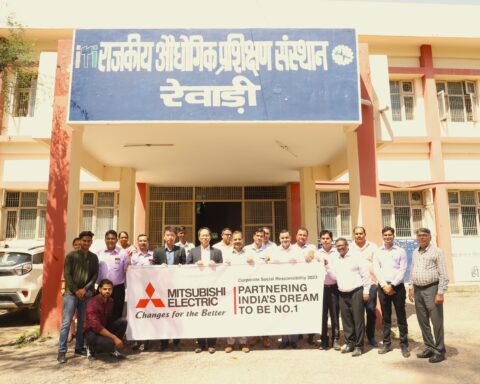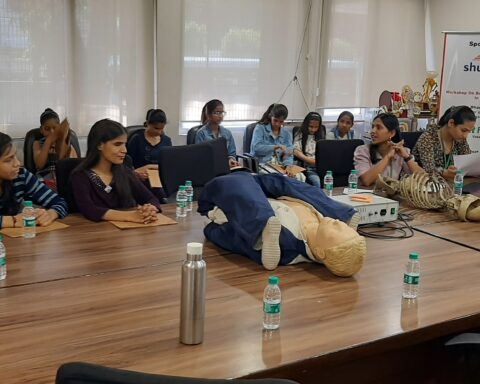According to a new survey by Godrej Properties and Dasra, the construction industry employs the most informal workers, the majority of whom are migrants
According to government estimates, the sector employs 57 million people, 50 million males and 7 million women. In addition, the construction industry is the single greatest employer of migrant workers. The industry employs a considerable portion of India’s surplus non-agricultural labour due to low entry barriers for recruiting.
When India’s lockdown was announced in March 2020, millions of migrant labourers, mostly women who worked in the informal sector, were left trapped with little food or shelter. A year later, during the second wave of the COVID-19, the most vulnerable informal workers were once again disproportionately affected by the crisis. Hundreds of these workers walked back to their communities during the initial lockdown, as public transportation was shut down and they had no monetary or other resources to secure a safe return. According to official records, approximately 63 lakh migrant workers travelled by Shramik Special trains between May and August 2020.
During this time, their sudden prominence brought to light the encumbering realities of the worst forms of labour. Since then, stakeholders from all parts of the ecosystem have banded together to increase worker well-being. According to a new survey by Godrej Properties and Dasra, the construction industry employs the most informal workers, the majority of whom are migrants. This vulnerable generation is drawn to fast-paced urbanisation and a high demand for low-skilled workers.
Government data estimates that the sector employs 57 million workers, a total of 50 million men and 7 million women. The construction sector is also the single largest absorber of informal workers. Due to the low entry barriers for recruitment, the industry employs a large chunk of the surplus of India’s non-agricultural workforce.
The report titled ‘Inclusive By Design’ says that despite being an established industry, the knowledge on the inner workings, especially with regard to the wellbeing of its unit-level workers, remains fragmented. Industry and Government both play important yet distanced and apathetic roles for these workers.





























